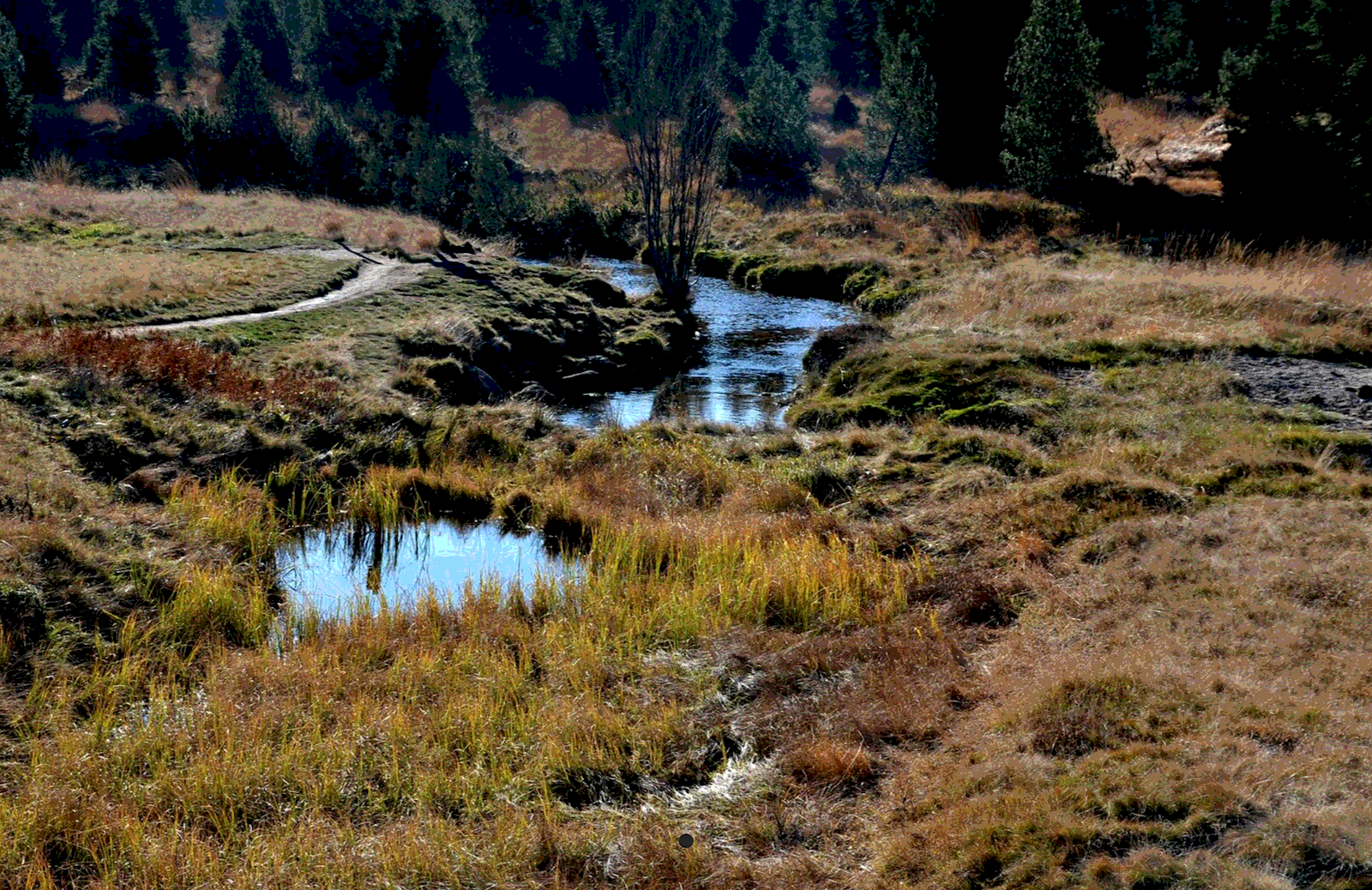In other words, the EU wants to enforce the restoration of nature by law. Areas that are still healthy will be conserved and protected, and seriously damaged and transformed landscapes will be made healthy again. In this, the proposal is the first of its kind.
Why is this necessary?
Leaving aside a lengthy description of the environment today, here are a few facts in which the European Commission is basing its figures (1):
- 81% of protected habitats in the EU are in poor condition, 36% have deteriorated, and only 9% have shown signs of improvement.
- Wetlands in Western, Central, and Eastern Europe have shrunken by half since 1970.
- 84% of peat bogs are in poor condition.
- Fish populations have declined by 71% and amphibians by 60% in the last decade.
Nevertheless, there is some cause for optimism. An extensive assessment (2) of the cost of the poor state of some ecosystems has shown that every euro spent on nature restoration is returned several times over.
Healthy ecosystems help the environment in many ways. They mitigate the impacts of climate change, improve the quality of water, soil, and nature, while also making it more resilient (healthy forests can better resist bark beetles, floods can be prevented by restoring healthy landscapes that retain water), or increase agricultural production, e.g. by stopping the decline of pollinators.
It’s not just nature, plants, and animals that will benefit from the proposed legislation, but humans as well.
Steps that the commission is proposing:
Nature restoration is defined by the European Commission in the draft law on page 34 as a process of active or passive support for revitalizing an ecosystem so that it can be in healthy condition a specific habitat so that it can reach the best possible condition for it to thrive in the long term a habitat occupied by a species so that it can thrive in quality and in scale populations of species to a satisfactory level to help maintain or enhance biodiversity and the overall resilience of ecosystems
Some of its goals could be:
- In natural and semi-natural ecosystems, improving and restoring biodiversity habitats on a large scale and the return of certain populations of animal and plant species through the expansion and improvement of their habitats.
- Helping pollinating insects: reversing the decline of bees, butterflies, bumblebees, thistles, and other pollinator populations by 2030 and the potential rebound of pollinator populations through regular monitoring.
- In forest ecosystems, achieving positive changes (standing and fallen trees), addressing tree diversity, connecting forests, increasing the number of common forest birds and optimizing organic carbon storage.
- In urban ecosystems, ensuring a zero net loss of green spaces by 2030, a 3% increase in the total area covered by green spaces by 2040, and 5% by 2050, a minimum of 10% coverage by mature trees, a net increase in urban green spaces incorporated into existing and new building, and infrastructure development.
- In agricultural ecosystems, increasing the number of grassland butterflies and field birds, increasing organic carbon stocks in arable mineral soil, increasing the proportion of agricultural land with highly diverse landscape features, restoring 30% of drained peat bogs used for agriculture by 2030 and 70% by 2050.
- Promoting river connectivity by identifying and removing barriers to surface water connectivity to ensure that at least 25,000 kilometers of river systems are free-flowing by 2030.
The Nature Restoration Law is just one part of the broader EU Nature Protection Package, which was already planned by the European Green Deal adopted two years ago.
In addition to the Nature Restoration Law, the Nature Protection Package also includes a draft amendment to the Sustainable Use of Pesticides directive, which aims to reduce the number of pesticides used by 2030.
What will happen next
The draft laws will be debated by the European Parliament, then by the EU Council, both of which can make comments, negotiate, and agree on compromises. It’s therefore unlikely that the package will pass as introduced by the European Commission, but conservation experts agree that the bar is, figuratively speaking, set high. If compromises are made and the laws are passed, it will still be a major win for nature.
Once the package passes through the legislative process and becomes valid, member states will have two years to submit their own national plans to the EU to achieve the set targets.
What this means for Refugium
The draft nature restoration law clearly confirms that the EU is serious about nature and its preservation. It recognizes the risks and costs of destroying ecosystems and the valuable advantages of a healthy landscape.
For us, it’s also a signal that member states will continue to face increasing demands to be “green.” We hope that the private sector, in some cases in tandem with governmental and non-governmental organizations, small associations, and individual enthusiasts, will be able to help us on this path.
Because they, too, can get involved in the protection and restoration of nature and, in cooperation with experts, do it in a way that ensures that all investments—money, time, energy—will make sense. There is only one goal: making sure that we have something to pass on to future generations.
1) It draws on the European Environment Agency’s reports on the state of the environment or the UN’s Intergovernmental Science-Policy Platform on Biodiversity and Ecosystems Services (IPBES), which brings together more than a thousand scientists, who have published a comprehensive Global Assessment Report on Biodiversity and Ecosystems Services, which summarized the situation in a complex manner.
2) Available here.
